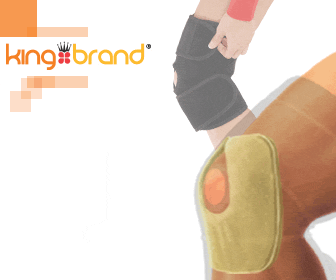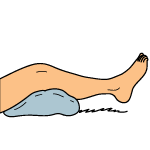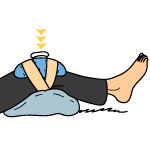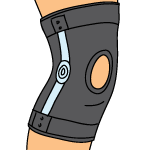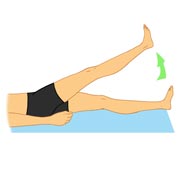LCL Tear Treatment
- Rest -- Resting your injured knee will help you avoid doing further damage to your LCL.
- Cold Compression -- Cold and compression work together to reduce pain and inflammation.
- Immobilization -- Keeping your knee immobile by using a splint or brace can prevent re-injury.
- Painkillers -- Pain medications such as naproxen and ibuprofen temporarily relieve pain and swelling.
- Blood Flow -- Promoting additional blood flow to your knee while you are at rest will aid in healing.
- Physiotherapy -- When you are ready, exercises will help restore strength and range of motion to your knee.
There are many different treatment options for LCL injuries. If you have an injured LCL, you should start by resting and applying cold compression. Avoid any activities that could further strain your LCL. You may also want to use a brace to keep the knee immobile. Once your inflammation has gone down, you can focus on healing by promoting extra blood flow to your LCL. Physical therapy may also be recommended to help restore strength and range of motion of your knee.
You should always try conservative treatment before considering surgery. However, if your LCL is completely ruptured, (meaning your tissue is in two pieces and no longer held together) you may need to undergo surgery in order to regain proper movement of your knee.
